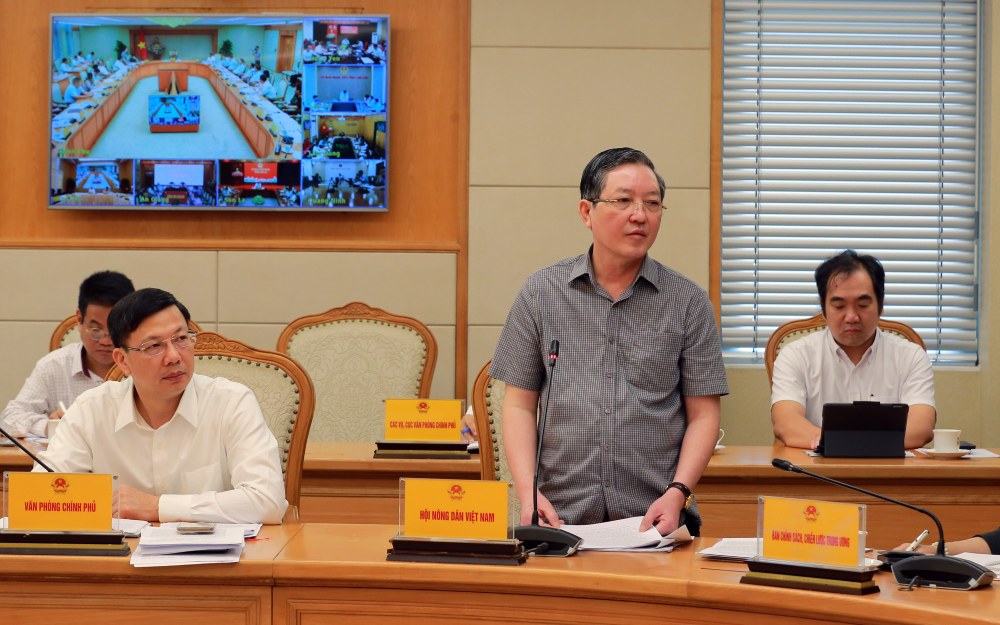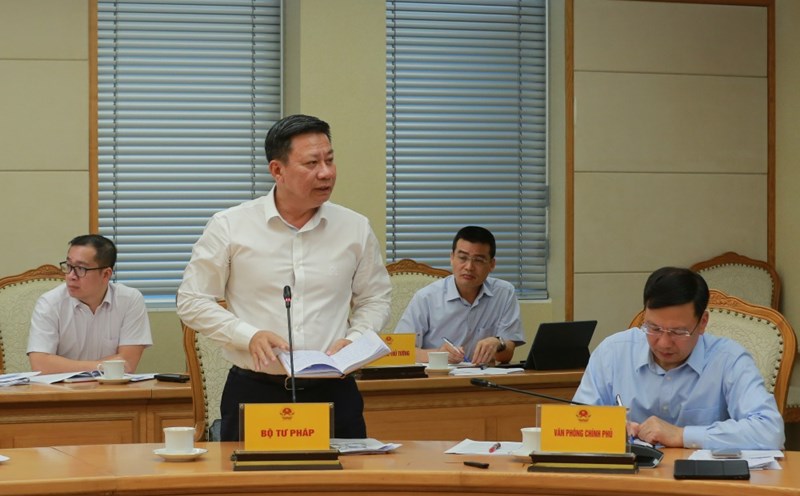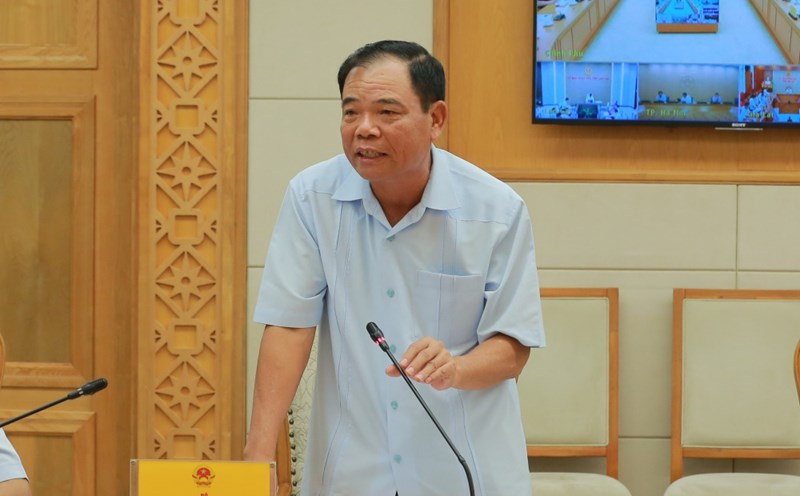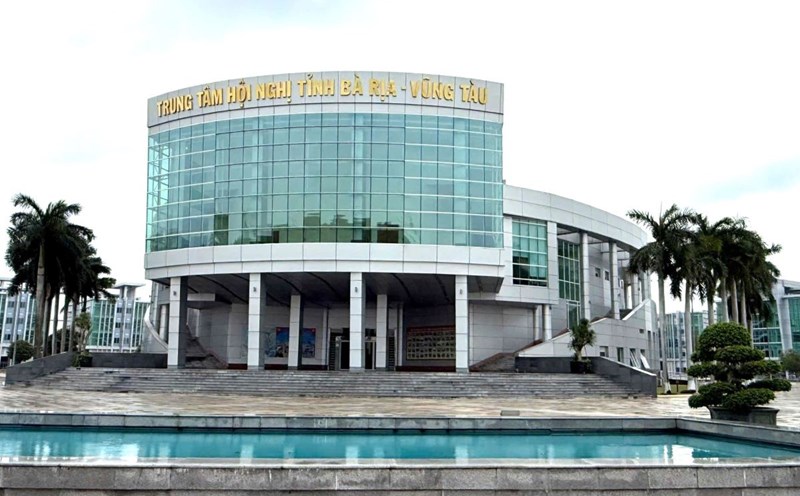On September 24, at the Government headquarters, Deputy Prime Minister Tran Hong Ha met to listen to a report on the preliminary review of 3 years of implementing Resolution No. 19-NQ/TW on agriculture, farmers and rural areas to 2030, with a vision to 2045.
According to the draft report of the Ministry of Agriculture and Environment, after 3 years of implementing Resolution No. 19-NQ/TW, it is guaranteed that 14/14 targets for target implementation by 2030 will be implemented.
Of which, 2 targets are exceeded (industry GDP growth rate; forest coverage rate); 8 targets are likely to be achieved and exceeded (agricultural labor productivity increase rate; targets on new rural construction; the proportion of agricultural labor in total social labor; forest coverage rate; the proportion of rural households using clean water according to standards; state budget investment in agriculture and rural areas).
4 targets that need to be strived for and have breakthrough and effective solutions to achieve the target by 2030 are: Rural residential income; vocational training for rural workers; the rate of solid waste from rural activities collected and treated according to regulations; growth rate of industry and rural services.
The system of legal documents on agriculture and environment has closely followed and fully institutionalized the Party's policies and has been constantly improved and updated; creating a unified and synchronous legal corridor; both handling "bottlenecks", unblocking development resources and improving the effectiveness and efficiency of state management.
However, opinions at the meeting also pointed out some shortcomings and limitations in the field of "third-parameter farming that has not been completely overcome. It can be explained that agricultural growth is not stable; the quality and competitiveness of some products are not high,
Innovation, digital economic development, application of science and technology, especially high technology, are not many; the infrastructure for agricultural development has not met requirements.
Speaking, former Minister of Agriculture and Rural Development Cao Duc Phat said that the new context requires much higher socio-economic development, in which agriculture and rural economy must achieve a growth rate of about 10%/year to break through with the whole country to become a developed country.
Meanwhile, resources for agriculture are increasingly limited: Agricultural land is decreasing rapidly, rural labor is decreasing sharply and is aging.
Therefore, the only way is to rely on science and technology and shift the structure to products and industries with higher value and efficiency.

Leaders of the Vietnam Farmers' Union and the Vietnam Cooperative Union believe that farmers and cooperatives must be placed at the center of agricultural and rural development; there should be policies to attract young workers, intellectuals, and students to rural areas to start a business.
In addition to economic development, we need to build social development policies in the context of industrialization and urbanization, which changes rural areas strongly, forming a multi-layered society, no longer mainly farmers.
Former Minister of Agriculture and Rural Development Nguyen Xuan Cuong said that creating room for a breakthrough for the agricultural economy requires further analysis of the potential of the fields of forestry economy, marine economy, national products and specific products of regions and areas to increase added value, promote comparative advantages.
A key requirement is to remove bottlenecks in science and technology, promote production linkages and promote the leading role of domestic enterprises, especially in processing and brand building.
For rural areas, the important task is to review and update planning; promptly complete the national target program; arrange a reasonable budget, while increasing proactiveness for localities.
It is necessary to focus on training rural workers in conjunction with industrial, service, tourism and labor export needs, forming a high-quality workforce.











